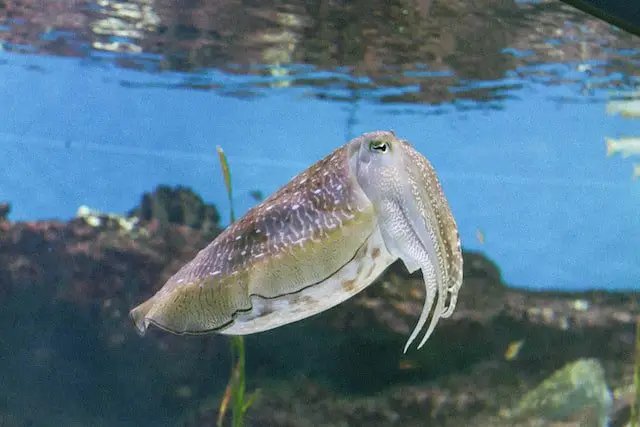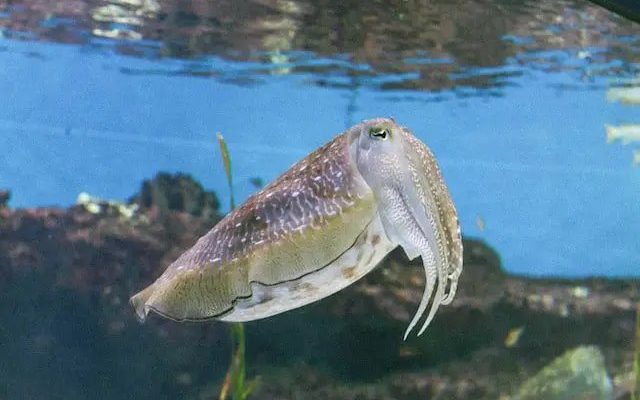
These fish are often celebrated in sushi restaurants and are a staple in fishing communities. But what do they eat, and how do they hunt? The diet and feeding habits of bluefin tuna are key components in understanding not just their growth but also their role in the ocean’s ecosystem. You might be wondering how their diet affects their health, growth, and even their migration patterns. Let’s dive right into it!
What Do Bluefin Tuna Eat?
Bluefin tuna are carnivores, and they take that job seriously. They primarily feast on a variety of prey found in the ocean. This includes:
- Sardines
- Mackerel
- Anchovies
- Squid
- Crustaceans
Now, here’s the thing: bluefin tuna are opportunistic feeders, which means they don’t stick to one type of prey. Instead, they adapt their diet based on what’s available. If schools of sardines swim by, they’ll go for them. If they’re feeling peckish for something a bit different, they might munch on squid.
This flexibility in their diet helps them thrive in various environments. Bluefin tuna are known to cover vast distances in their search for food. They can often be found in warm waters during the summer where their favorite prey is abundant. If you ever wonder why they seem to be constantly on the move, it’s all about food!
Feeding Strategies
When it comes to hunting, bluefin tuna are like the sharpest hunters in the sea. They use a combination of speed, stealth, and sometimes even teamwork to catch their meals. Imagine a fighter jet zooming through the ocean. That’s how fast these fish can swim—up to 45 miles per hour!
One of their primary strategies involves chasing after schools of fish. They’re not just relying on brute force. Instead, bluefin tuna often surround their prey, corralling them into a tight ball. This tactic makes it easier to pick off one fish at a time. It’s a bit like how wolves work together to hunt a deer. It’s all about strategy and teamwork.
Another interesting aspect of their feeding strategy is their ability to sense vibrations in the water. Bluefin tuna have keen eyesight and excellent hearing, which helps them detect where schools of fish are hiding. So, when you think about it, they’re not just fast; they’re also incredibly smart.
Impact of Diet on Growth
The diet of bluefin tuna plays a crucial role in their growth and overall health. These fish can grow to be massive—up to 1,500 pounds or more! To reach that size, they need a diet rich in nutrients. The protein and fat from their prey are essential for building muscle and storing energy.
When bluefin tuna eat a diverse diet, they’re more likely to get the vitamins and minerals they need. For instance, the fatty fish they consume provide omega-3 fatty acids, which are vital for their development. Without this nutrition, their growth can be stunted, leading to smaller and less healthy fish.
You might be surprised to learn that the diet of bluefin tuna varies by their life stage. Younger fish, or juveniles, often feed on smaller prey like zooplankton and tiny fish. As they grow, they shift to larger prey, which helps fuel their rapid growth. It’s a fascinating journey from a small fish to one of the largest predators in the ocean!
The Role of Migration in Feeding
Migration is another important factor in the feeding habits of bluefin tuna. These fish are known for traveling vast distances between the Atlantic and Pacific Oceans, primarily in search of food and suitable breeding grounds.
During the summer months, they migrate to warmer waters where their favorite prey is more plentiful. As the seasons change, they follow the food. This migratory behavior ensures they always have access to a rich diet, but it also poses challenges. If food sources are scarce in a particular area, the tuna must move again to find better feeding grounds.
This constant movement helps maintain the balance of the marine ecosystem. When bluefin tuna hunt for prey, they also control the populations of smaller fish, keeping everything in check. It’s like nature’s way of ensuring that no single species takes over the food chain.
Feeding Challenges and Threats
Despite their impressive hunting skills, bluefin tuna face numerous challenges in finding food. Overfishing and environmental changes can significantly impact their diet. With fishermen targeting their prey—fish like sardines and mackerel—bluefin tuna can struggle to find enough food.
Climate change is another concern. Warmer waters can affect the distribution of fish populations, forcing bluefin tuna to travel even farther for their meals. It’s a tough cycle: as the ocean changes, so does the availability of food, affecting the entire marine ecosystem.
Additionally, pollution poses a risk to these fish. Contaminated waters can lead to a decline in fish health, which can affect their feeding habits and growth. Ensuring a healthy environment is crucial not just for bluefin tuna but for all marine life.
In summary, the diet and feeding habits of bluefin tuna are complex and fascinating. From their diverse menu to innovative hunting strategies, these fish are truly remarkable. Their ability to adapt to different food sources and environments reflects their resilience, but they also face serious challenges due to human activities and environmental shifts.
By understanding how bluefin tuna feed, we can appreciate their role in the ocean’s ecosystem and the importance of protecting them. Just like we need a balanced diet to thrive, bluefin tuna need a healthy environment filled with a variety of prey to survive and flourish. It’s all interconnected, and every action counts when it comes to preserving our oceans.

